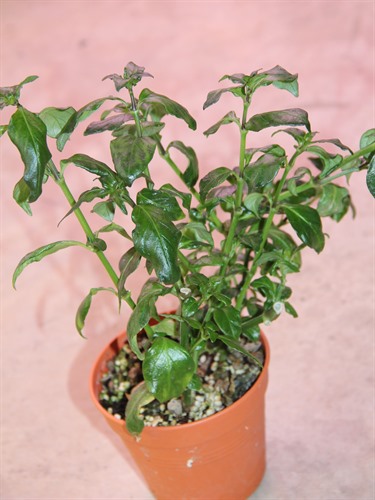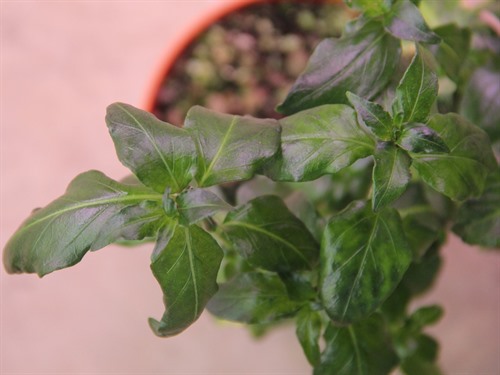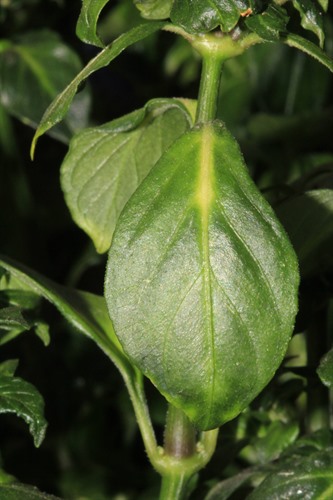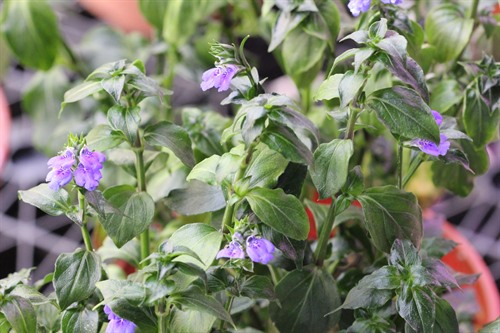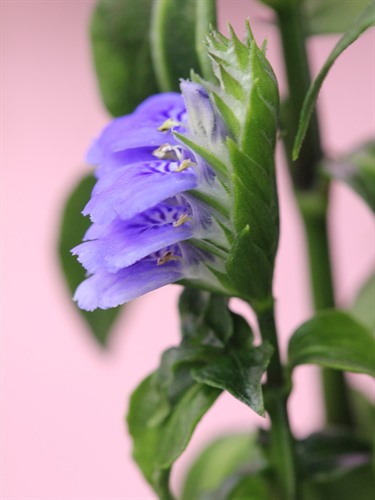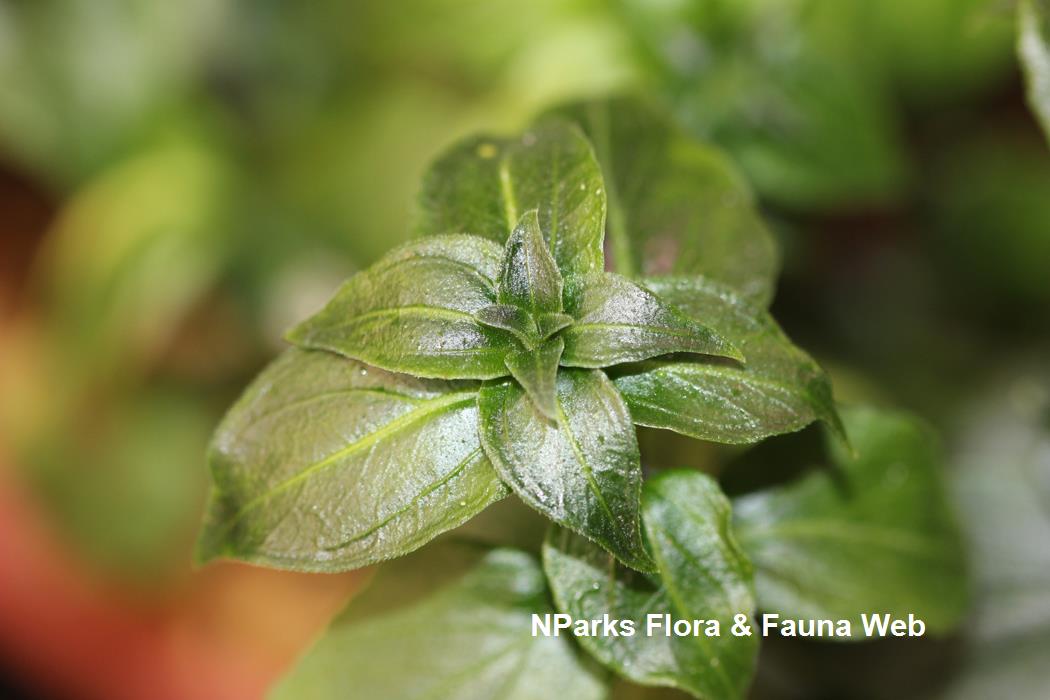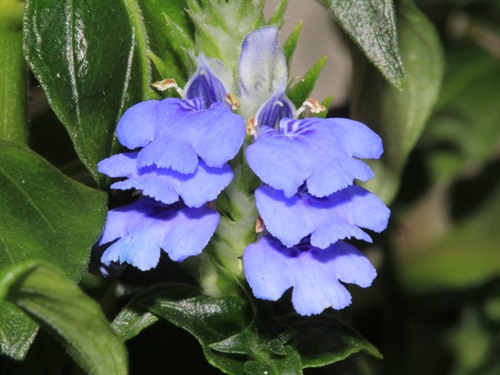
Name
Classifications and Characteristics
| Plant Division | Angiosperms (Flowering Seed Plants) (Dicotyledon) |
|---|---|
| Plant Growth Form | Herbaceous Plant |
| Lifespan (in Singapore) | Perennial |
| Mode of Nutrition | Autotrophic |
| Maximum Height | 0.6 m to 0.8 m |
Biogeography
| Native Distribution | Australia, New Zealand, Pacific Islands, New Guinea |
|---|---|
| Native Habitat | Terrestrial |
| Preferred Climate Zone | Tropical, Highland / Montane |
| Local Conservation Status | Non-native |
Description and Ethnobotany
| Growth Form | Perennial herb forming clumps up to 0.8 m tall. |
|---|---|
| Foliage | The shiny green, elliptic leaves are arranged in pairs with adjacent pairs perpendicular to one another (decussate leaf arrangement). |
| Ethnobotanical Uses | Edible Plant Parts : Edible Leaves Food (Fruit or Vegetable): The leaves have a mushroom-like flavour and crispy texture. They can be eaten raw in salads and sandwiches or cooked in soups and stews. They are rich in iron, vitamin C and beta carotene. |
Landscaping Features
| Desirable Plant Features | Ornamental Flowers |
|---|
Plant Care and Propagation
| Light Preference | Semi-Shade |
|---|---|
| Water Preference | Moderate Water |
| Plant Growth Rate | Fast |
| Rootzone Tolerance | Moist Soils, Well-Drained Soils, Fertile Loamy Soils, Acidic (low pH) Soils |
Foliar
| Foliage Retention | Evergreen |
|---|---|
| Mature Foliage Colour(s) | Green |
| Mature Foliage Texture(s) | Smooth, Glossy / Shiny |
| Foliar Type | Simple / Unifoliate |
| Foliar Arrangement Along Stem | Opposite |
| Foliar Attachment to Stem | Petiolate |
Floral (Angiosperm)
| Flower Colour(s) | Blue |
|---|---|
| Flower Texture(s) | Smooth |
| Flower Grouping | Cluster / Inflorescence |
| Flower Location | Terminal |
| Flower Symmetry | Bilateral |
| Individual Flower Shape | Labiate / Lipped |
Image Repository
Others
| Master ID | 33655 |
|---|---|
| Species ID | 8069 |
| Flora Disclaimer | The information in this website has been compiled from reliable sources, such as reference works on medicinal plants. It is not a substitute for medical advice or treatment and NParks does not purport to provide any medical advice. Readers should always consult his/her physician before using or consuming a plant for medicinal purposes. |

